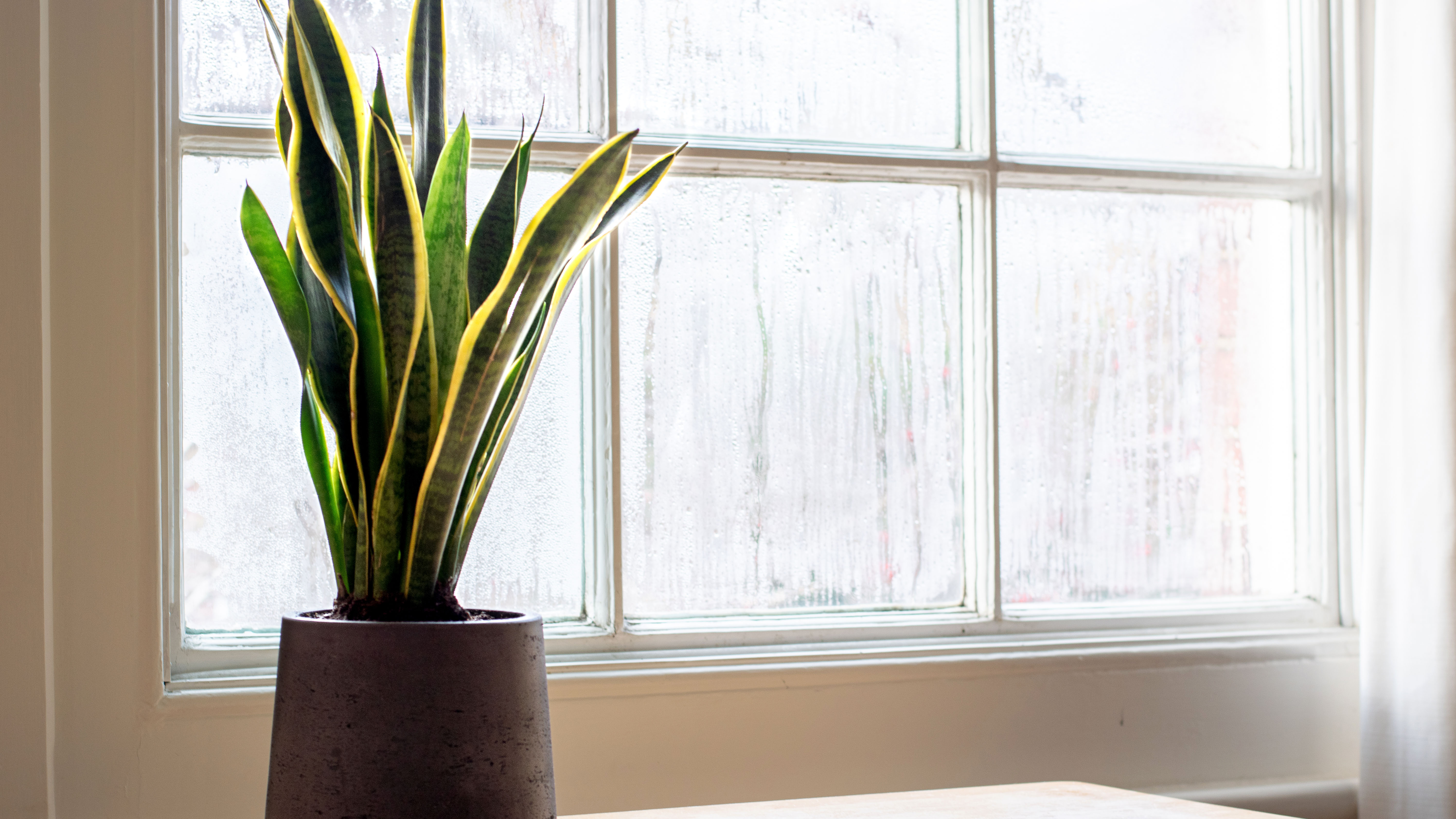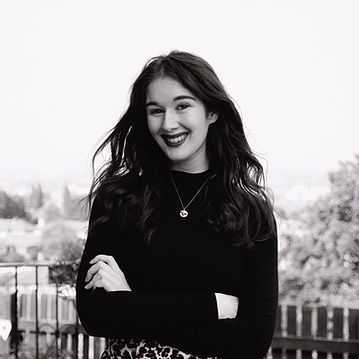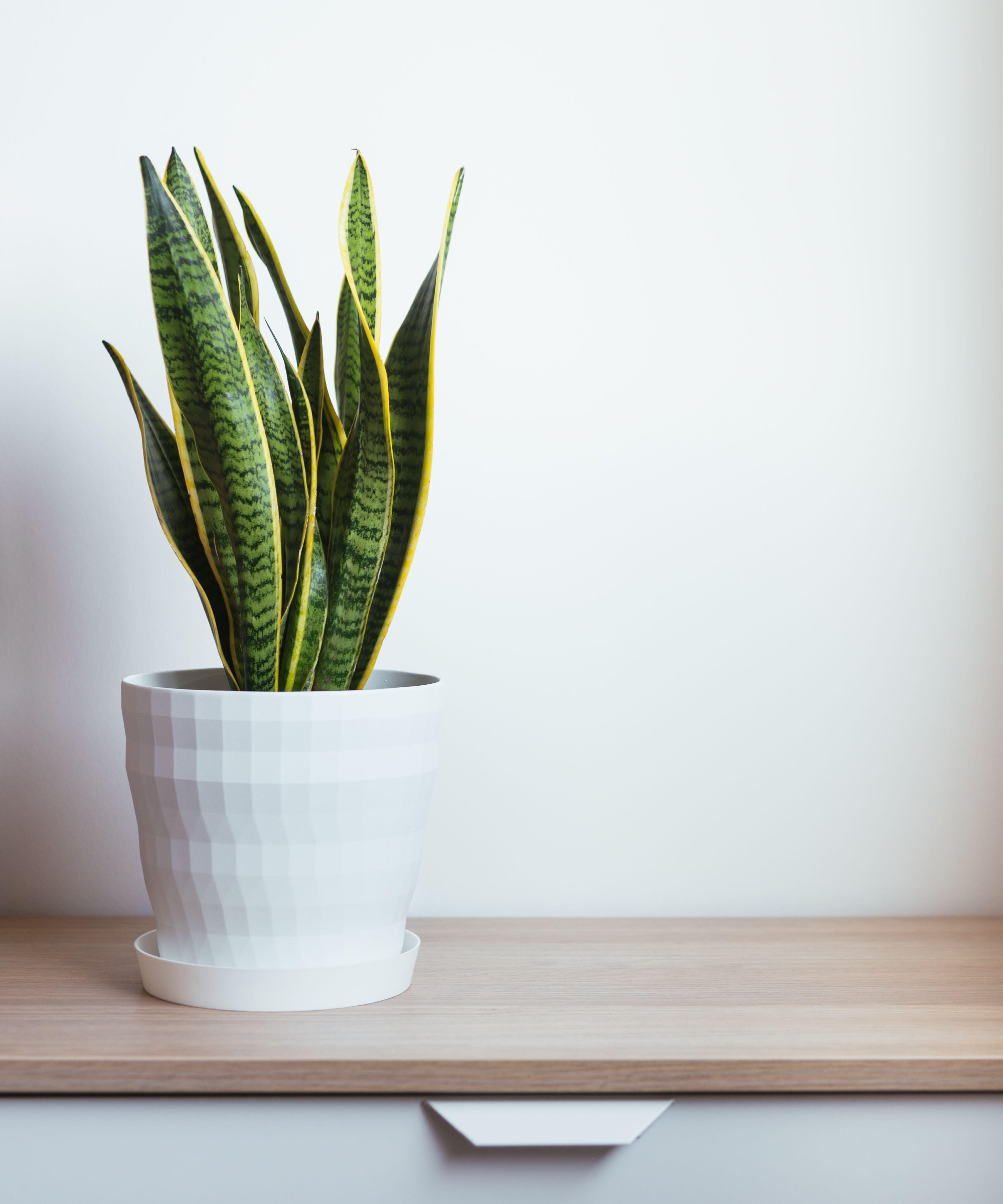Why is my snake plant turning yellow? The main causes – and how to treat them
The snake plant may be durable – but it can still show signs of yellowing. Here's why – and how the experts respond


Snake plants are admired for their ability to thrive in varying environments – but this doesn't mean they're entirely indestructible.
If you're asking, 'Why is my snake plant turning yellow?', this low-maintenance indoor plant may have seen better days. However, it isn't too late to save the green leaves you have left.
The snake plant (formally known as Dracaena trifasciata) is one of the best bedroom plants you can bring into your sleep space. Alongside its aesthetic, the plant has hidden health qualities and can remove toxic pollutants in the air overnight. And, it might not surprise you that it's also one of the best snake-repellent plants, too. You can propagate snake plants, too. However, despite its good uses (and its resilience in different locations), this plant is not immortal.
Here's why your snake plant may be turning yellow – and how the experts bring theirs back to life.

Why is my snake plant turning yellow?
The reason for the snake plant’s leaves turning yellow is likely to be one (or a combination) of the following problems.
1. Watering habits
Knowing how often to water snake plants is important, as the problem is often overwatering.
'Snake plants will happily go weeks without being watered. While this makes them great for a hands-off gardener, it makes them very susceptible to over-watering issues,' explains Brody Hall, a certified horticulturist, and co-founder at The Indoor Nursery. The expert suggests watering around once every fortnight, or when the potting soil looks (and feels) about 50 percent dry.
Chris Chan, an expert from Garden Bench Top, emphasizes Brody's suggestion. 'Like watering succulents, snake plants prefer their soil to dry between waterings. If they are in constantly moist soil, their leaves can begin to turn yellow from water stress,' he adds.
2. Poor drainage
Incorrect drainage is another important factor when learning how to care for succulents (including the snake plant). Most commonly, this occurs in a pot with limited drainage holes – which will cause root rot that will lead to visible yellowing.
'If a gardener suspects this is the cause of chlorosis, re-potting a snake plant into a potting mix that’s free-draining [such as this one on Amazon] or shifting to a pot with more drainage holes will definitely help,' Brody suggests.
If you notice root rot, you should prune the snake plant and cut away the dead root tissue before replanting it into fresh soil.
3. Inappropriate light levels
It is perhaps no surprise that this indoor low-light plant thrives in a shady spot. Therefore, yellowing leaves may be a sign that it is receiving too much sunlight.
'If continually exposed to intense sunlight, the yellow leaves will experience leaf burn and begin to brown at the edges,' Chris says. He recommends moving your snake plant to a position that enjoys an abundance of indirect light, so it can 'can focus its energy on developing new growth.'

How do you save yellowing snake plant?
Saving a yellowing snake plant's leaves depends on the issue. As Brody suggests, you should only water this succulent every two weeks – while poor drainage can be solved by investing in the appropriate soil. 'Make sure the container has at least two to three drainage holes so the water can escape through them,' Emily Jones, the founder of Tomato Mentor, says.
You can also revive your snake plant by prioritizing the correct temperature – the ideal range is 60-90˚F (15-32˚C) – and ensuring your plant is not kept in direct sunlight.
Can yellow snake plant leaves turn green again?
No, if a specific leaf has yellowed, the plant has chosen to sacrifice it.
'The chlorophyll is responsible for the green color of the leaves. Once the leaf loses its chlorophyll, the plant abandons it and begins to absorb leftover nutrients from the leaf, Emily explains. It is, however, possible to nurse the rest of your green plant back to total health by observing the care methods above.
Sign up to the Homes & Gardens newsletter
Design expertise in your inbox – from inspiring decorating ideas and beautiful celebrity homes to practical gardening advice and shopping round-ups.

Megan is the Head of Celebrity Style News at Homes & Gardens, where she leads the celebrity/ news team. She has a history in interior design, travel, and news journalism, having lived and worked in New York, Paris, and, currently, London. Megan has bylines in Livingetc, The Telegraph, and IRK Magazine, and has interviewed the likes of Drew Barrymore, Ayesha Curry, Michelle Keegan, and Tan France, among others. She lives in a London apartment with her antique typewriter and an eclectic espresso cup collection, and dreams of a Kelly Wearstler-designed home.
-
 Barack and Michelle Obama's neutral accent chair is the perfect living room focal point – you can recreate their serene style in any-sized home
Barack and Michelle Obama's neutral accent chair is the perfect living room focal point – you can recreate their serene style in any-sized homeThis designer-approved essential fits into every modern living room – it's beautiful enough to stand alone, while pairing well with your favorite cushion
By Megan Slack Published
-
 Should I choose a kitchen island or a kitchen table? This is the expert advice that helped me decide
Should I choose a kitchen island or a kitchen table? This is the expert advice that helped me decideIt's all about how you use your space
By Molly Malsom Published